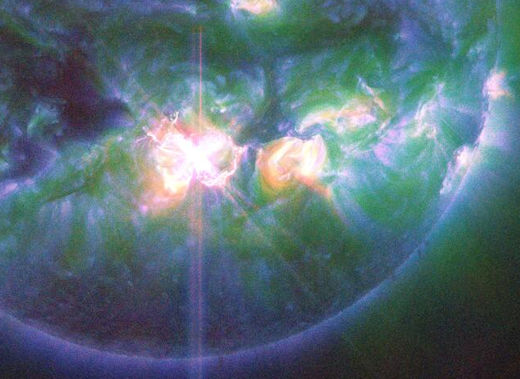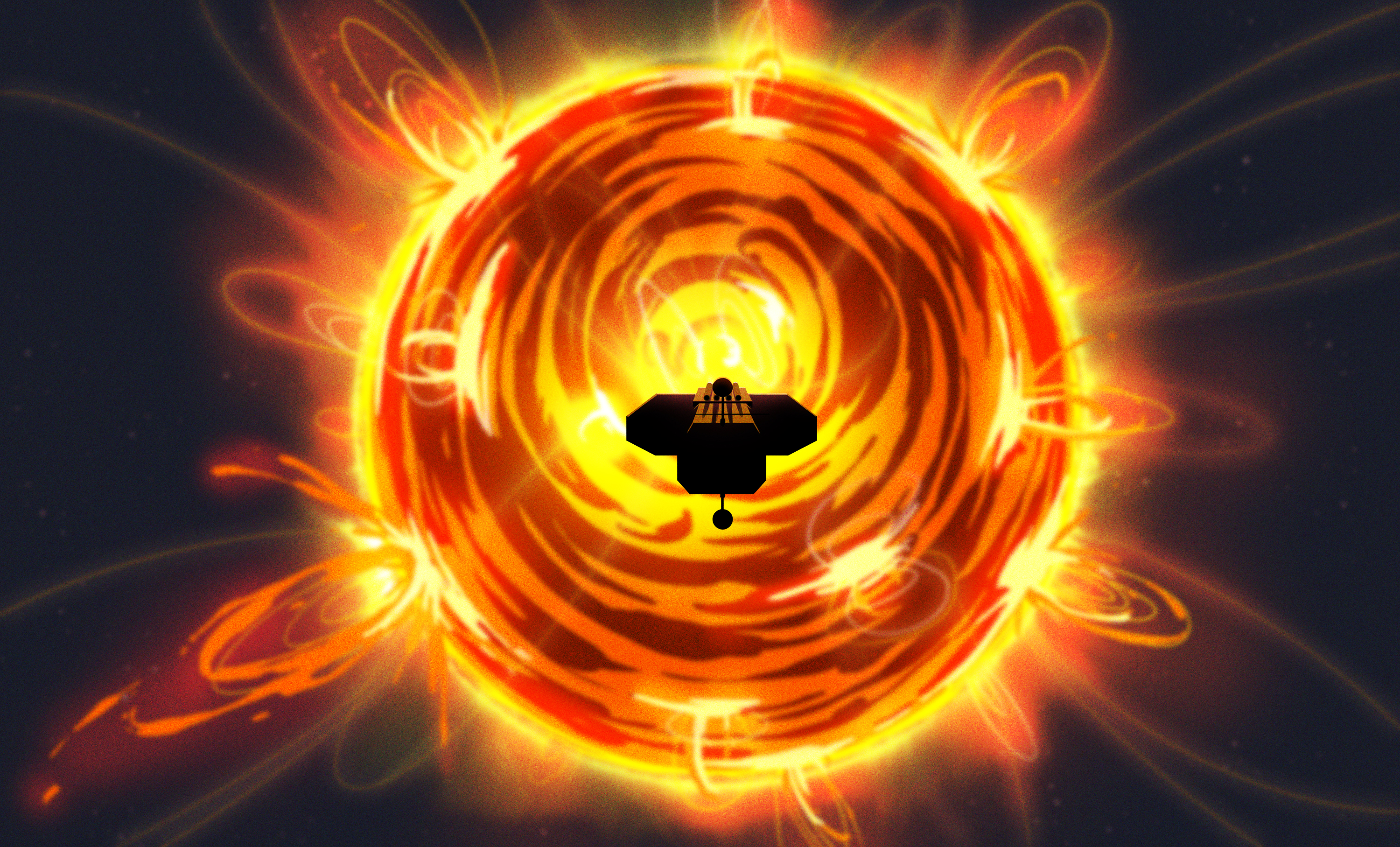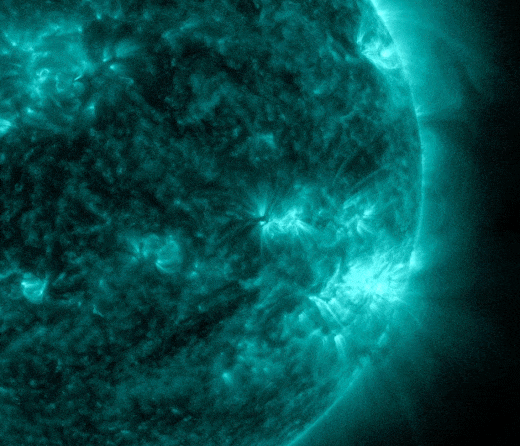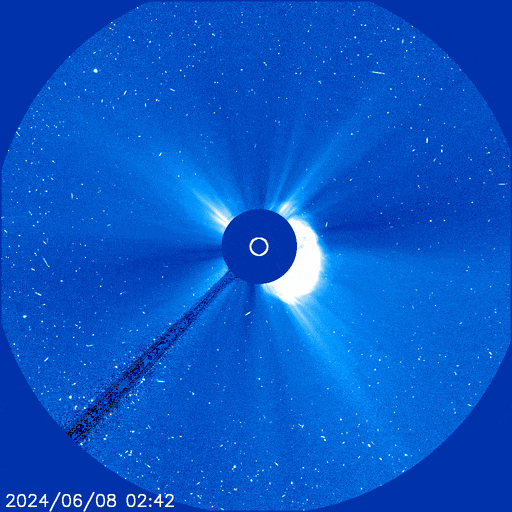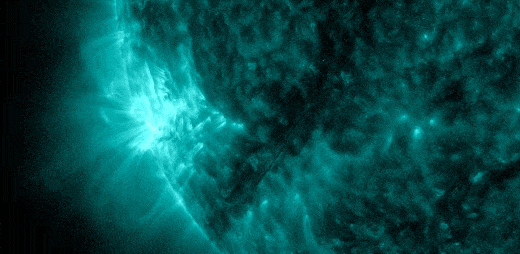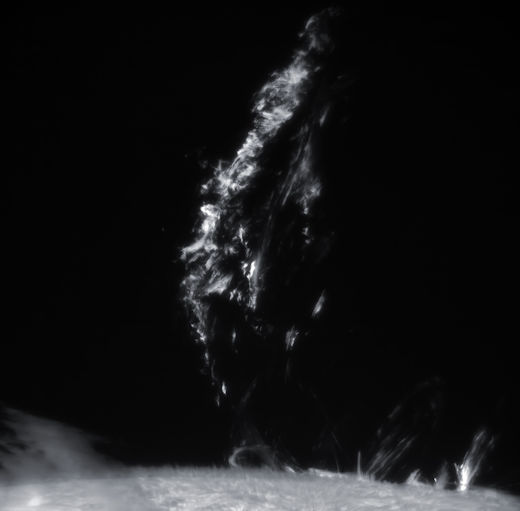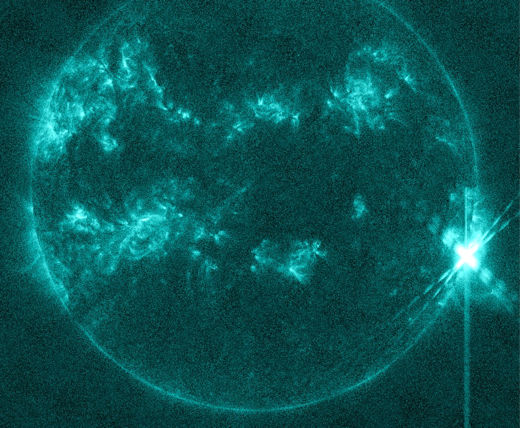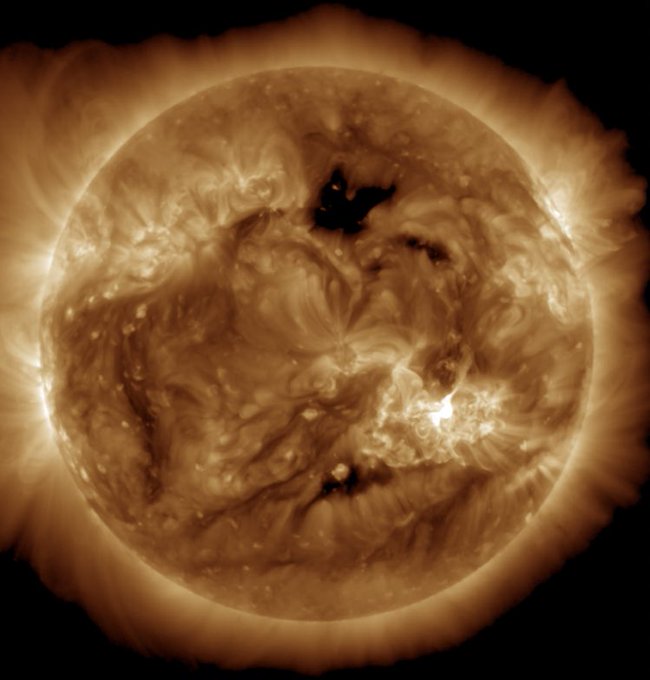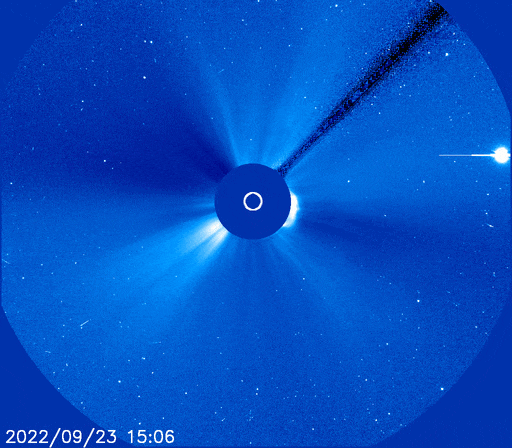https://vmst.io/@WestportObservatory/113375307995062785 WestportObservatory@vmst.io - AN X-CLASS DOUBLE SOLAR FLARE: Solar activity remains high with an X-class double solar flare on Oct. 26th. The explosion hurled an impressive CME into space, and it appears to have an Earth-directed component. Several big sunspots are turning toward Earth, so this could be the beginning of a week of stormy space weather. Also, a CME grazed Earth today, 10/26. The impact was weak, barely increasing solar wind speeds near Earth. High-latitude auroras are possible tonight. Spaceweather.com
Image: An M9.5-X1.8 class double flare on Oct. 26th.
2 Likes


